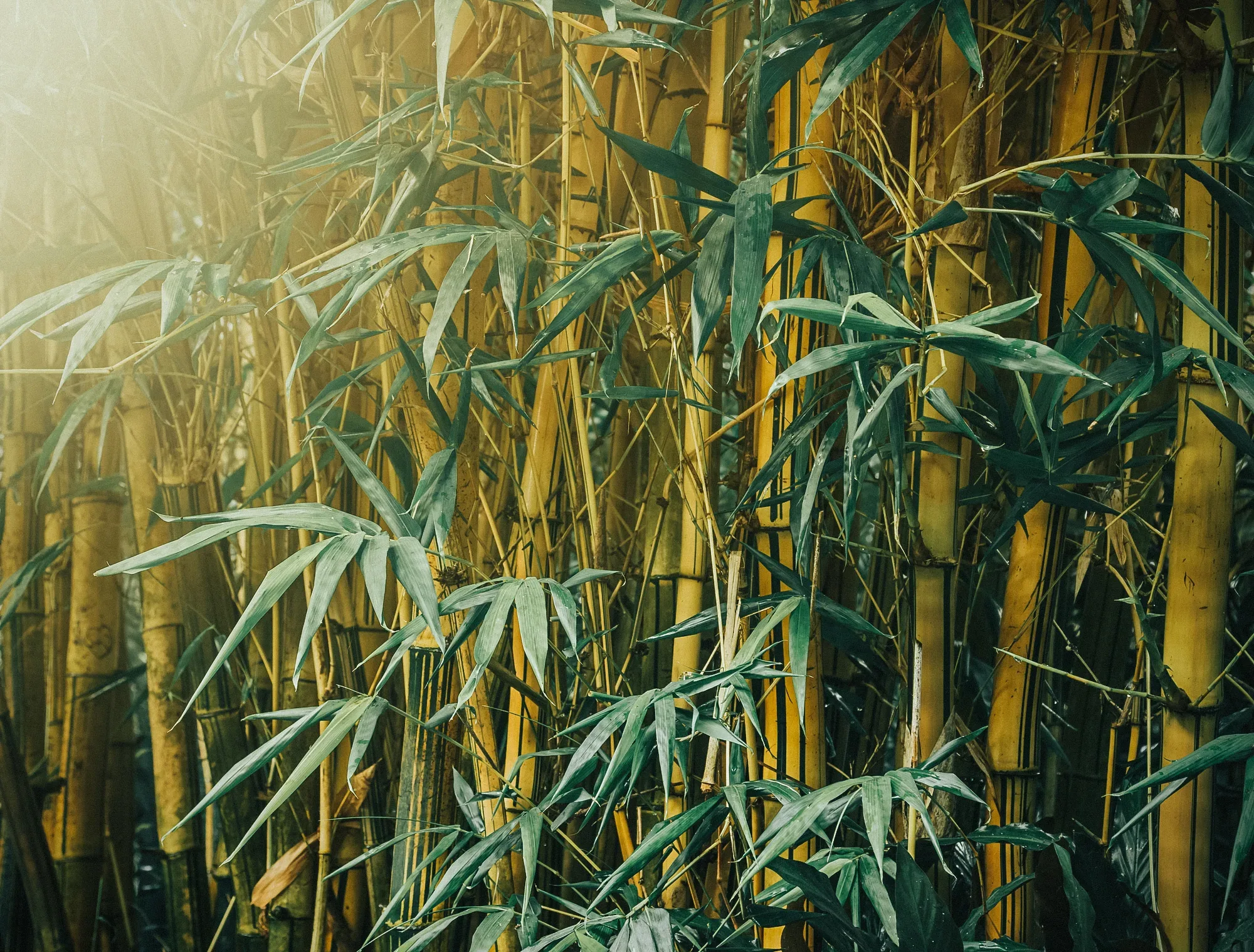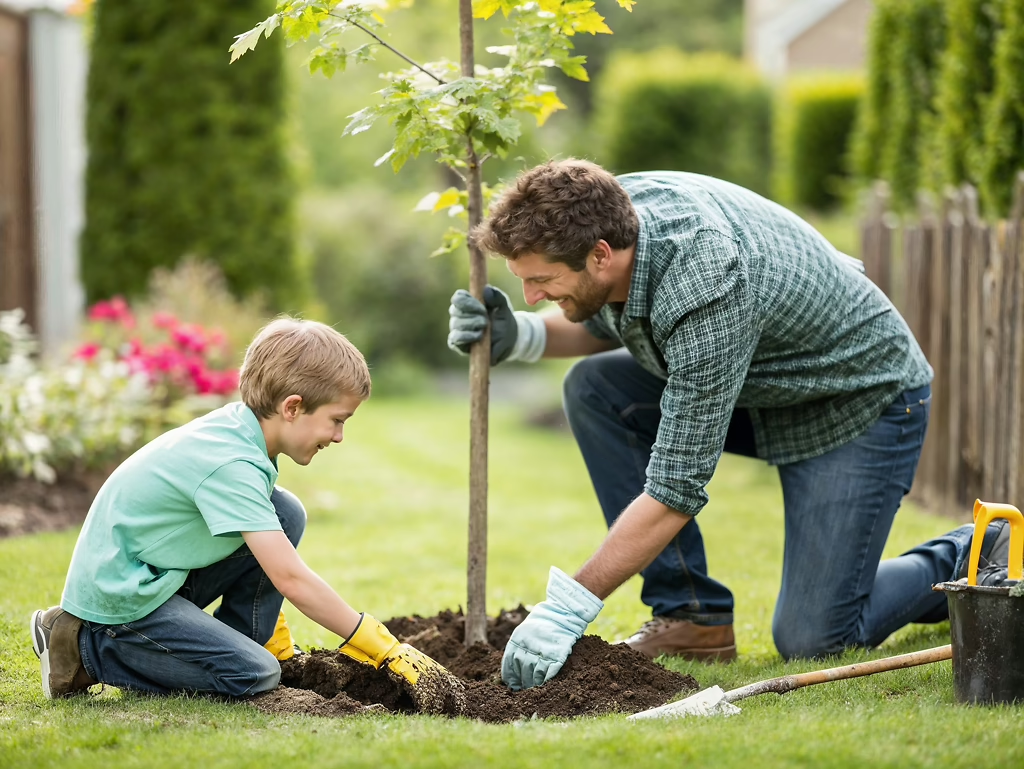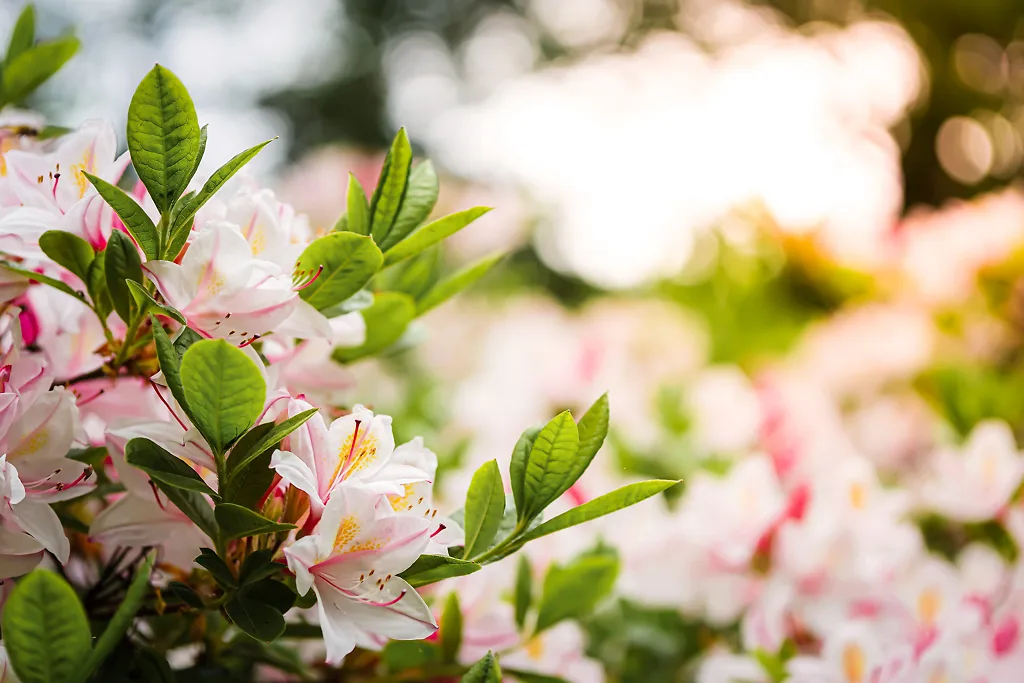
Planting Guides How To Plant Bamboo Trees
The moment has arrived – your new bamboo has been delivered and you are about to plant them in your garden. These trees are going to be with you for many years to come, so it is worth taking a little time to give them the best start possible, so that they can give you their very best too. This guide will help you plant your bamboos correctly in a variety of different settings, so that they will have the best possible chance of success. We have various guides for other types of trees, so check our site if your tree is not a bamboo.
In a Nutshell
- Remove all packaging
- Water the bamboo in its pot
- Choose a suitable planting site for the needs of your type of bamboo
- Prepare the soil
- Dig a hole the depth of the pot
- Put the plants in their holes and replace most of the soil
- Water well, let the water drain and put back the rest of the soil
- Put a mulch around your plants and water at least once a week for the first season
Remove Your Bamboos from the Box
The very first thing to do is un-wrap your trees. Remove all the wrapping materials, remove the plants from the box and remove any wrapping around the plants themselves.
When you need to move your plants around, do it by picking up the pot – do not lift it by the trunk or stem.
Care Before Planting Time
Your bamboos have been on a journey and they could be a little stressed, so place them in a shady part of your garden and give them a good watering. Do not put them in the garage, a shed or in the house, even if it is cold outside. Do not remove them from the pot. If you are not going to be doing the planting for a while, that is fine, they will be happy in their pots, but after a day or two in the shade, move them to a sunny location. Remember to water every day or every second day, depending on how warm the weather is – do not let the pot become completely dry. If it does become very dry, place the plant in a bucket and half-fill the bucket with water so that the soil can soak completely.
Choosing a Planting Location
Bamboo trees are suitable for a wide variety of locations and you already probably have a location in mind. Some bamboos do better than others in shady locations, for example the Sunset Glow Bamboo will do very well in shade, while others prefer more sun. However even those that prefer sun will grow in shade, just more slowly and not as thickly. Bamboos also tolerate a wide variety of soils, from dry to fairly wet, but don’t plant right into water.
Perhaps you are planting your bamboos as a screening plant – good choice! They will form a dense screen more quickly than any other plant you could choose.
Laying Out Your Plants
For screening you are probably planting along a property line, or perhaps making a screen to separate one area of the garden from another. If you are planting along the property line, remember to plant well inside the line or you could have future problems with your neighbours. If you plant right on your property line your neighbor has a legal right to cut plants back to the property line so plant well inside your own property. Planting at least three feet, and preferable more, inside that line will give you complete control over the growth and trimming of your own plants – an important consideration.
How far apart to place your bamboo trees will depend on which type you have and what your goal is. For the quickest screening, plant them three feet apart. For ordinary screening five feet apart is ideal for the taller types, while shorter plants like the Sunset Glow Bamboo should be kept at three feet apart. Remember that some bamboos spread sideways, so if you are planting a specimen, or a group of two or three, allow four to five feet spacing or even more from other plants.
Preparing the Planting Site
Good soil preparation is the key to the success of your bamboo trees, especially if you are planting them for a screen. Whatever your soil is like, use it. Do not try to dig a hole and fill it with soil you bought somewhere else. If your soil is poor, just use extra organic material.
You goal is to make a large area of looser soil that the young roots can penetrate easily, getting food as they go and establishing quickly. You need to have an area at least three times the diameter of the pot dug as deep as your spade will go. Add some organic material to the soil as you dig. Almost any kind of organic material is good, among the best are well-rotted cow, sheep, or horse manure (if you can obtain them); garden compost; any ‘top-soil’ from a garden centre; or peat-moss. A bucket per tree is about right, but any amount you have is worthwhile. In addition, bamboos benefit from fertilizer to help develop their roots. This can be rock phosphate or bone-meal or any kind of superphosphate. There are many ‘tree planting’ fertilizers available too and they all work well, so whatever is available will be fine.
Remove roots of weeds from the area and any stones bigger than your fist. Smaller stones can be left and it is not a good idea to sieve the soil to remove smaller stones they are best left in and can help with drainage.
Turn over the soil, mixing the organic material and fertilizer into it and then level it off and get ready to plant. Save some of the organic material you used to mulch after planting.
Preparing the Bamboos before planting
The evening before you are going to plant, give the pots a good soaking with water. If the root-ball is dry when you plant, it may stay that way and cause your tree to suffer from dryness even if the surrounding soil is damp.
Digging the Holes
Now dig a hole in the exact spot where you want your plant to be, making it twice the diameter of the pot, but only just as deep. If you have dug the soil deeper than that, use your foot to press down the soil in the bottom of the hole, to form a firm base beneath the tree. This is to prevent it from sinking deeper than you want in the hole after you have planted it.
For planting a screen, taking out a trench is easier than digging separate holes and also allows you to space them out directly in the trench so you can adjust the spacing and get it just right easily.
Removing the Pot
Take your bamboo trees to the planting hole or trench and slide the pots gently off. You may need to tap the edge a couple of times to release the roots, but it should slide out pretty easily. Usually there will be plenty of roots filling the pot and the root-ball will stay together and not fall apart at all. If any soil does fall off, don’t worry, this is normal. Just let it fall into the hole and carry on planting.
Planting the Bamboo Trees
Now place your bamboo tree in the centre of its hole, or line them up in the trench, checking they are evenly spaced. The top of the root-ball should be about one inch below the level of the soil around it. Replace about three-quarters of the soil in the hole, pressing it down around the roots. Finish firming down the soil – a gentle foot pressure or firm hand pressure is about right.
Watering the Bamboo Trees
Now fill the hole with lots of water, letting it soak down into the ground and into the root ball. Use a good amount of water and then wait until it has all drained away. This will give plenty of water around the roots, where it is needed.
Finishing the Planting
Now put back the rest of the soil, firming it gently down. Make sure you have covered the top of the root ball with a little soil, about one inch is perfect. Make sure the soil is not sloping away, but flat, so that when you water it will stay around the tree, not run away. Some gardeners like to make a low wall of soil around the tree, at a spot about twice the diameter of the pot, to retain water. This is a fine thing to do, but not absolutely necessary. Put a layer of organic material over the root area, about two inches deep and then water the whole area thoroughly.
Planting Bamboo Trees in Pots
Bamboo trees are great plants for growing in pots, especially in a smaller garden, since they will stay smaller and not spread where they aren’t wanted. Make sure the pots or planters you use have drainage holes – this is vital and a few stones in the bottom of a container that has no drainage will not work. You can use a masonry-drill to make holes in pots easily.
Use normal potting soil, one designed for outdoor planters if you can find it, and don’t press the soil down too hard around the plant – just gently pressure is all that is needed. Don’t fill the pot right to the top, leave an inch or two of space so that when you water it will go down into the pot and not just run off. Soak the pot each time you see that the tip two or three inches are dry. Use liquid fertilizer regularly to keep the leaves a healthy green color and to encourage new growth.
Follow-up Care of Bamboo
Until your plants are established and have spread out their roots, they will need regular watering. How often depends on the weather, but a good, slow soaking once a week is usually best, or twice a week if the weather is hot. Soak the whole area around the tree, not just up against the trunk.
Some bamboos can spread where they are not wanted, but this can easily be controlled by just cutting around the root area with a sharp spade and lifting the pieces that are growing too far away. If you want, these pieces can be used to fill any gaps in your screen.
Now everything is done and you can sit back and watch your bamboo trees grow to be a beautiful low-maintenance screen, specimen or pot-plant. Your plants will thank you for the care you have taken.








Comments 3 comments
Undecided as what to plant in different areas around my home. If I send some pictures can you make suggestion. I’ll be needing considerable plantings and shrubs. Thanks
Which is the best bamboo to plant for eating the biggest bambo shoots As Golden bamboo ,green stripes Vivax,moso Bamboo….the fastest growing bamboo etc ….
Nicely written and descriptive enough for transplanting dug up sprouting bamboo root nodes from my good neighbor in my garden. Thank you.